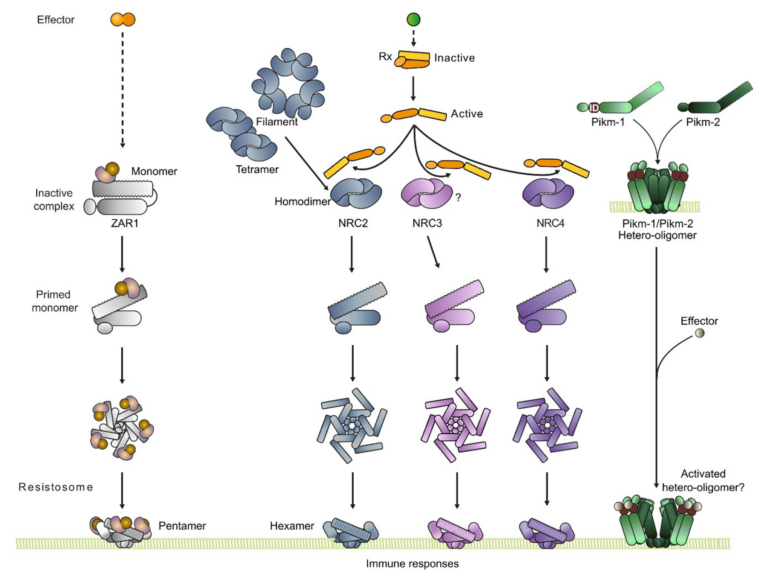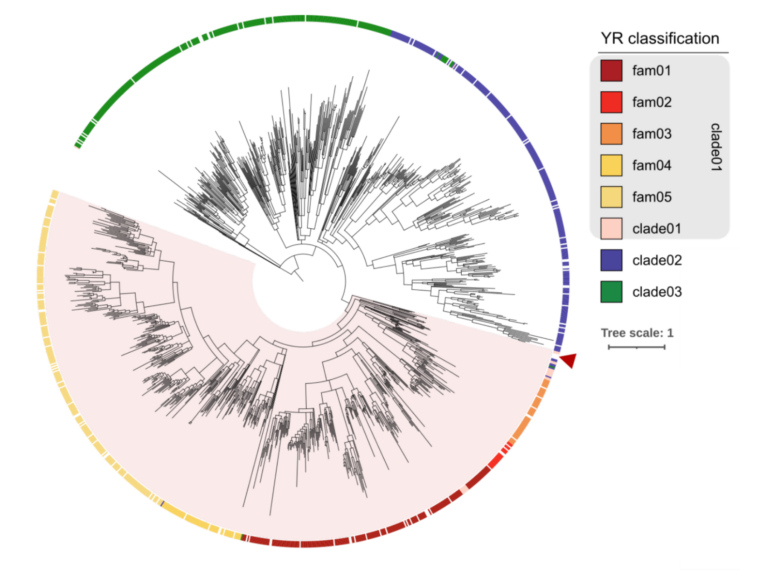Exploring the untapped potential of single-cell and spatial omics in plant biology
Advances in single-cell and spatial omics technologies have revolutionised biology by revealing the diverse molecular states of individual cells and their spatial organization within tissues. The field of plant biology has widely adopted single-cell transcriptome and chromatin accessibility profiling and spatial transcriptomics, which extend traditional cell biology and genomics analyses and provide unique opportunities to reveal molecular and cellular dynamics of tissues. Using these technologies, comprehensive cell atlases have been generated in several model plant species, providing valuable platforms for discovery and tool development. Other emerging technologies related to single-cell and spatial omics, such as multiomics, lineage tracing, molecular recording, and high-content genetic and chemical perturbation phenotyping, offer immense potential for deepening our understanding of plant biology yet remain underutilised due to unique technical challenges and resource availability. Overcoming plant-specific barriers, such as cell wall complexity and limited antibody resources, alongside community-driven efforts in developing more complete reference atlases and computational tools, will accelerate progress. The synergy between technological innovation and targeted biological questions is poised to drive significant discoveries, advancing plant science. This review highlights the current applications of single-cell and spatial omics technologies in plant research and introduces emerging approaches with the potential to transform the field.


